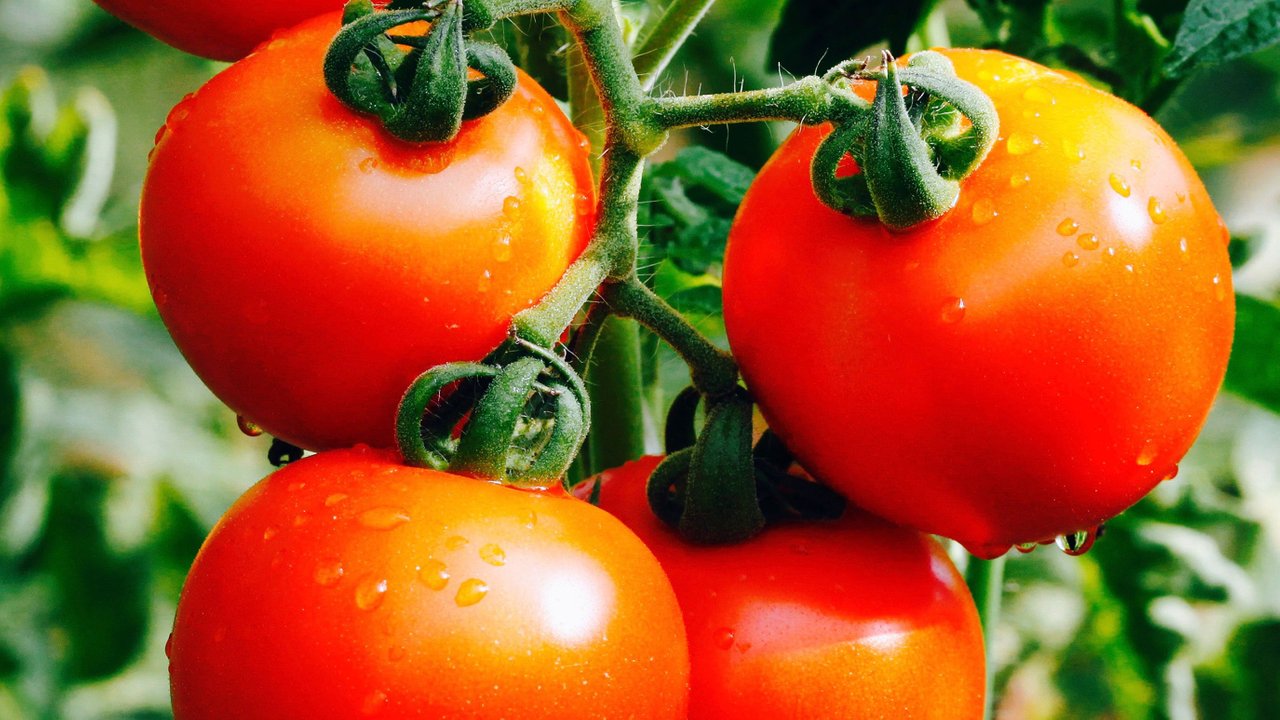
From QZ
The fruits and vegetables we eat today are all genetically modified insofar as they are the result of thousands of years of selective breeding by farmers. Over time, cultivators have created plants that yield more fruit for commercial growing purposes, but in the process plants have developed undesirable mutations, too. Now, geneticists are using technology to isolate the precise genes responsible for excessive branching and flowering, characteristics which lead to less fruit and thus less yield for farmers.Read more here: https://qz.com/989925/scientists-are-perfecting-salad-by-editing-mutated-tomato-genes/In a study published in the journal Cell on May 18, geneticist Zachary Lippman of Cold Spring Harbor Laboratory explains his research team’s efforts to fix mutated tomatoes using CRISPR gene editing technology. By identifying the genes associated with undesired mutations, Lippman was able to edit them and suppress their effects. After playing with the plant architecture, Lippman’s team was ultimately able to engineer highly productive plants that yielded more of the desired fruit and less of the unwanted flowers and branches.
Specifically, the scientists focused on three tomato genes, which they screened for in over 4,100 plant varieties looking for unusual branching patterns.
One gene the researchers isolated is associated with plant joints. Developed in the 1950s, the gene was created by integrating wild tomatoes from the Galapagos islands—which stay on the vine longer because they have fewer joints—with common commercial breeds. As hand picking was replaced with mechanical harvesting, breeders sought fruit that remained on the vine longer. However, this wild tomato integration led to a new and unwanted effect—excessive branching, with too many flowers and not as much fruit as farmers sought.
The second gene identified by scientists, linked to the green leaves on top of the fruit, was associated with excessive branching and flowering. This gene appeared to be the result of centuries of selective breeding, though scientists still aren’t sure why breeders wanted this leaf cap developed—perhaps to hold heavier fruit.
The last gene identified by Lippman and his team is also associated with plant flowering.
Follow @contentjunkie to stay up to date on more great posts like this one.

